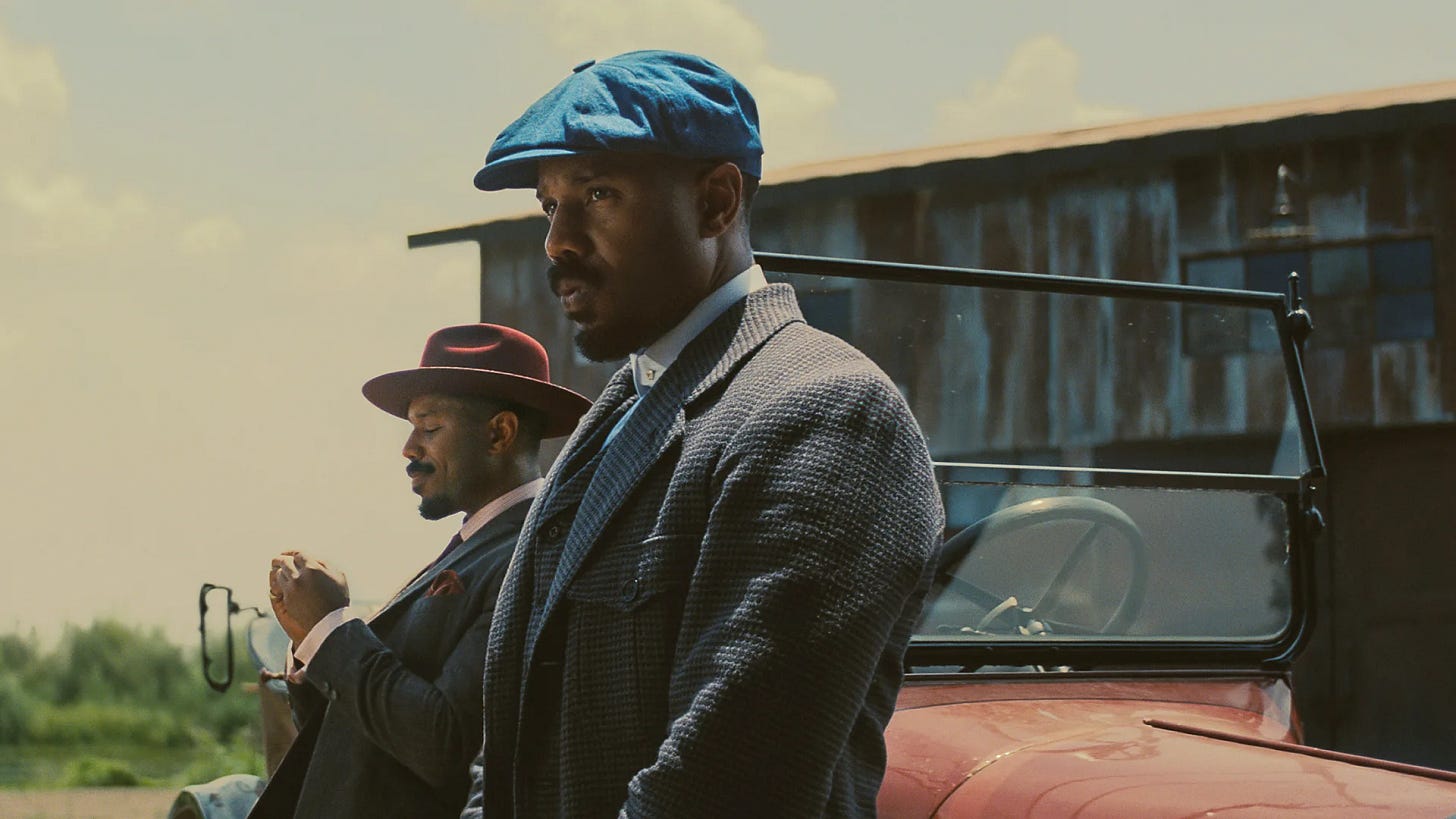Sinners, Vampires, and the Fight for the Future of Culture
Ryan Coogler’s bold new film is a parable for creatives, capitalism, and the soul of American music.
There’s been a strangely synchronous sentiment on the cultural airwaves of late—a bit of ambient chatter about something difficult to name. Despite all the fresh forms of media and expression that define our era, many are identifying—rightly or wrongly—a creeping cultural stagnation in the arts.
Consider W. Da…
Keep reading with a 7-day free trial
Subscribe to The Cure to keep reading this post and get 7 days of free access to the full post archives.



